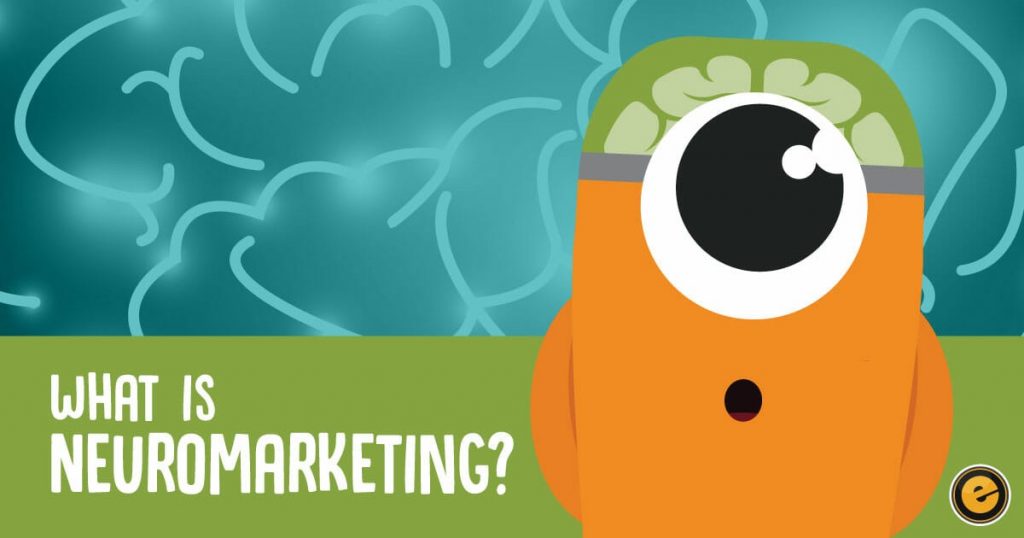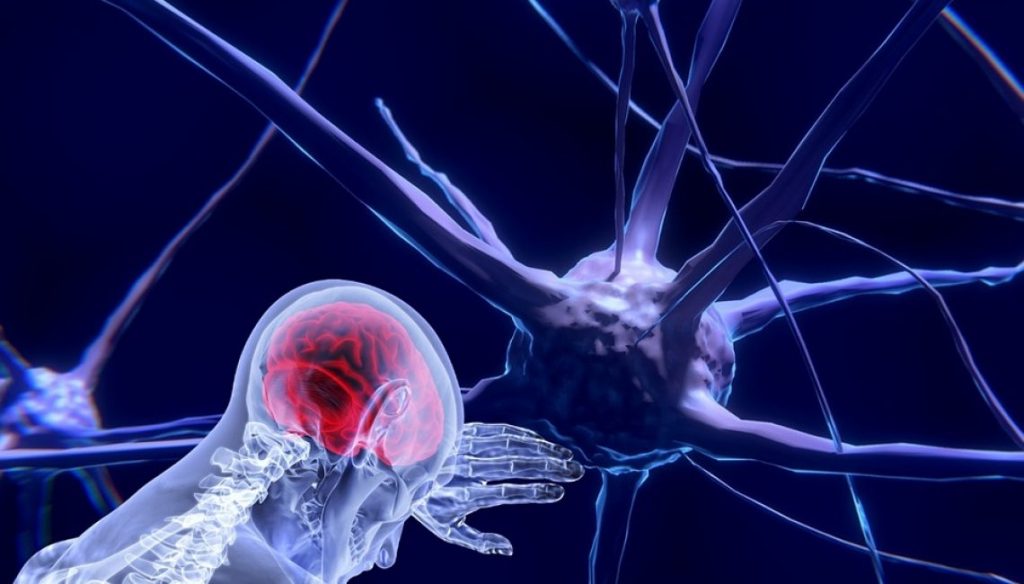Desmond Ekeh
The entry of neuromarketing has upended marketing practices from relying on hunches and raw guts in predicting consumer purchase behavior, to data and scientific analysis. This article draws insight from the writings of Roger Dooley of CXL Institute, and the author of ‘Brainfluence,’ to summarize how neuromarketing helps digital marketers to enhance their conversion rate optimization.
A Gallup survey showed that marketers rated low on integrity and ethical issues – about 11%; when compared to engineering 70%, and Nursing 83%. Does it then mean that marketing is not a reputable profession? What about the CEO’s rating of their executives on competence? CEOs of companies rate their Chief Marketing Officers, CMOs, at 20%, compared to their Chief Financial Officers, CFOs, and their Chief Communication Officers rated 90%. This is quite appalling. The question, however, is, why is this the case?
One of the reasons, amongst many other possible reasons, could be that the CEOs consider most marketing budgets wasted, as a result of marketers’ inability to accurately measure the output or outcome of their budget spend. For instance, Wannamaker was once quoted to have said that “Half of the advertising was wasted, except that I do not know which half.” Some studies estimate that about 95% of new products fail and about 98% of direct mails get no response, while 98% of sales emails don’t convert.
Further studies indicate that App revenue is predicted to be $269 billion. A big number, I guess. But this is relatively small when compared to the $4.6 billion that was abandoned in the e-commerce shopping carts. This statement may sound like a fairy story. But, it would not be the same for any CEO. Just imagine all the money spent on designing a website, drawing traffic to the website, cost of pay per click, SEO, content marketing, and the cost of optimization, etc. Unfortunately, records indicate that the customer is lost at the point of closing the sales. The consequence of this is that the CEO might consider the marketer incompetent and untrustworthy, for not being able to account for the resources entrusted in his or her care.
At this point, it is clear that marketing needs help. In fact, a revolution. Pronto! Neuromarketing emerges to help. Revolutions have happened in the past – from Galileo’s and Copernicus’ opposition to the idea that the earth is in the center of the universe, to the proposition that the conscious mind is the center of human behavior. Today, Gerald Zultman of the Harvard University posits that 95% of human decision making streams from the conscious mind. Many years ago, Aristotle had stated that reason was only one of the seven drivers of human behavior. The revolution today in business is neuromarketing.
The big questions today are – what do marketers need to learn from neuroscience. Secondly, to what extent do marketers focus on the 95% unconscious mind, instead of the 5% conscious mind – since, marketing to the unconscious mind, is the revolution.
Neuromarketing: Lessons for Marketers

Neuromarketing is the new kid on the block of business and marketing. It applies the arts and science of neuroscience to marketing, and it is all about the psychology of marketing and consumer behavior. It aims at penetrating the customers’ brains to understand how their minds work. It relies on the simple idea that emotions rather than logic dictate a consumer’s or a person’s buying behavior – or purchase decisions. It applies non-complex but subtle cues to push someone towards making a purchase. These cues could be applied in different areas of the marketing spectrum – packaging, use of colour, images, adverts, brands, shops, websites, etc.
One of the things marketing needs to learn from neuroscience is the concept of measurement and metrics. Digital marketers should not try to focus on or measure some, brain activities to predict that the consumer will buy something. Instead, the marketer should optimize his/her web page to measure whether that consumer is actually making a purchase or not, to measure why the customer is not making a purchase and what should be done to ensure he actually makes the purchase. That is the interest of neuromarketing. It uses some scientific methods to achieve this goal. Some of the ways to peer into people’s minds to achieve this goal include the use of functional Magnetic Resonance Imaging, fMRI. Much can also be achieved with Electroencephalography, EEG, Biometrics, Eye-Tracking techniques, and Facial Coding.

With Biometrics, for instance, things like a person’s heart rate, breathing rate, and galvanic skin response (how much we are perspiring) and other factors could be measured. Research work on the Super Bowl commercial on the most engaging ad based on the screen and the eye-tracking hotspots superimposed on the video indicate that what people are looking at showed a correlation between neuromarketing measurement and real-world performance. This same ad was also the consumers’ favourite for the year as acknowledged by the USA Today Meter Consumer. Facial coding is another technique. This psychological method looks at people’s faces, even fleeting expressions called micro-expressions to determine what their real thoughts are.
How Neuromarketing Advances Conversion Rate Optimization
You can use neuromarketing techniques to determine where to place products or items within the online store. For instance, a photo of the strong brands could be placed on the top left corner of the web page to attract visitors. That corner attracts more attention than any other place on the site. Following the traditional marketing principles of Attraction, Interest, Desire, Action, AIDA, a prospective customer first gets attracted to a product before the other processes follow. So the placement of the product in a tangent position to appeal and attract the attention of the customer is very important. Accordingly, the CTO button is placed at the lower right corner of the site page. With the Heatmap, a marketer can measure where the visitors are moving their mouse and clicking. This way neuromarketing advances the marketer’s metrics and measurement aimed at CRO by pointing the customer on how to move on the site page.

Another way to enhance conversation optimization is to make the site simple to understand and navigate. To help your visitor you need to use appealing type fonts and ensure that the button for your call to action is bold with appealing colour to your target customers. Different colours appeal differently to different categories of customers. Whereas warm and bright colours – yellow and red – are eye-popping and friendly, dark colours – navy blue and green – suggest ambition and authority. What messages do you want your website to communicate with your customers? If you understand your customers and use the colours that put them in a good mood, you can be sure that they will be motivated to stay on your site page and make those purchase decisions that convert to sales.
Again, Images are good for your site. But images of people smiling are better for your site page. An image of someone smiling could humanize your site page and influence a customer’s willingness to make a purchase decision. Use images and friendly colours to create a pleasant appeal for your website page. Remember that ‘First Impression’ matters. Research, according to Carlton University, reveals that showing users an image for a mere 50 milliseconds was sufficient for them to decide how appealing that site was. Following the concept of ‘confirmation bias,’ the moment our human mind forms an opinion, we readily accept new information that agrees with that opinion. So, the marketer should ensure that the site has an appealing first impression for the visitors. They are more likely to come back to the site and possibly make conversion decisions.
To earn more ROI in traditional marketing a Boss would instruct his team to buy more ads, place more brand stories in the business media, grant more interviews about the brand, sponsor more events, do more product sampling, or throw more logos inside buses. Roger Dooly argues that today, the combination of neuromarketing and CRO does the magic. In neuromarketing, decisions are based on data. CRO changes “I think” to I know.” Before, the Boss will say “Let us change this or that,” or “I think it will do better if…” With CRO, aided by neuromarketing, you will not need to think. You have to know. You will not need to take your market decisions based on a hunch, impulse, or gut feeling.
By deploying the A/B testing instrument you are able to evaluate your results based on data to back your neuromarketing hypothesis. This will lead to specific results and successes. For instance, if you change the colour of a web button from green to yellow – you are able to determine the effect of the change you have made – using the A/B test mechanism. You are also able to evaluate the degree of success based on the percentage increase in visitors after the change. However, marketers should be careful in making sweeping assumptions that the percentage increase comes from the change in the button, it could be from some other changes on the site. The marketer should also be mindful of expecting huge changes or improvements in ROI immediately. The change could be incremental over a period of time.
Conclusion
With the introduction of neuroscience, the embarrassment faced by the marketer over ad spend and measurement of marketing activities have been overcome. Through a combination of neuromarketing and digital marketing, the practice is now revolutionized and drawn closer to the systematic application of scientific principles to enhance conversation rate optimization and to increase sales – through helping customers to make purchase decisions that add up to profitability, which is the core goal of the business.
Desmond Ekeh, is a PR consultant, digital marketing professional, and researcher in media and communication.

